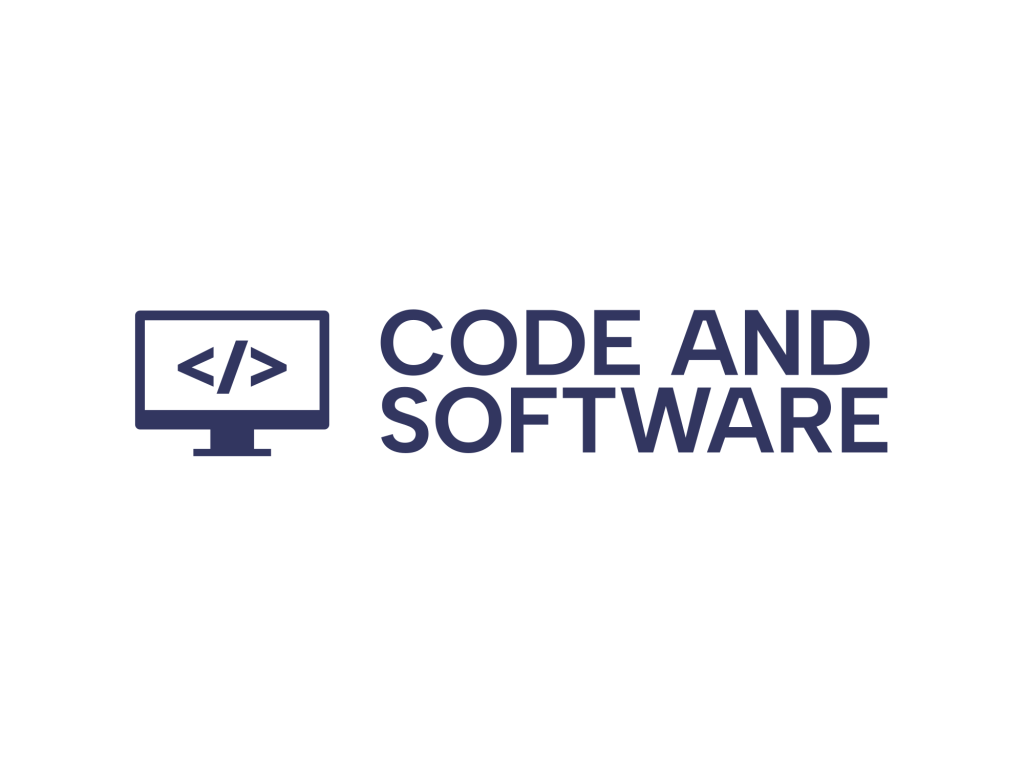Imagine this: you’ve just made a sale through your website, and you’re celebrating your success—only to realize that after processing fees, you’re taking home less than expected. This is a common scenario for many online sellers and business owners who use Stripe as their payment processor. Stripe provides a powerful and user-friendly platform, but it’s essential to account for their transaction fees when setting your prices. If not, you might be unknowingly cutting into your profits.
That’s where a Stripe fee calculator comes in. By accurately understanding and calculating these fees, you can price your products in a way that covers your costs and keeps your margins healthy. In this article, we’ll dive into Stripe’s fee structure, how to back-calculate prices post-fee, and how to use a calculator for precise pricing.
Understanding Stripe’s Fee Structure
Stripe’s fees are based on the type of transaction and your geographic location. For simplicity, this article will focus on the most common fee structure relevant to U.S.-based businesses. As of 2024, the standard Stripe processing fee is:
- 2.9% + 30¢ per successful card charge for domestic transactions.
- 3.9% + 30¢ or more for international and currency conversion fees.
These fees may seem small, but they can add up quickly, especially for small-margin businesses. Understanding how to factor this into your pricing can make a huge difference.
Why Pricing After Fees Matters
Not pricing your products with Stripe fees in mind can result in:
- Profit erosion: Every fee not accounted for reduces your net income.
- Inconsistency in revenue: Charging flat rates while absorbing varying fees.
- Inaccurate forecasting: Planning based on gross instead of net income.
If you’re selling digital products, subscription services, or e-commerce goods, proper pricing is essential. Whether you sell a $10 ebook or a $500 coaching session, the amount you “lose” to transaction fees is different, and the impact on your business can be significant.

Forward vs. Reverse Fee Calculations
There are two ways to approach Stripe fees:
- Forward calculation: Determining how much fee will be deducted from a set selling price.
- Reverse calculation: Determining what price you must charge to receive a specific amount after fees.
Let’s look at both with formulas.
1. Forward Calculation – How Much Will You Receive?
Use this formula to determine your take-home amount after Stripe fees:
Net Revenue = (Selling Price × 0.971) – 0.30
Example: If you sell a product for $100:
Net Revenue = (100 × 0.971) – 0.30 = $96.80
So, after fees, you actually receive $96.80 from a $100 transaction.
2. Reverse Calculation – How Much Should You Charge?
If you want to receive a specific net amount (let’s say $100), here’s how to calculate your ideal price:
Selling Price = (Desired Amount + 0.30) / 0.971
Example:
Selling Price = (100 + 0.30) / 0.971 ≈ $103.29
In this example, you must charge $103.29 to walk away with $100 after the Stripe fee.
Using a Stripe Fee Calculator
While formulas work, they can get tedious, especially if you deal with varying prices and products. This is where an online Stripe fee calculator is extremely handy. It automates the math and gives you instant results for:
- Calculating fees on specific amounts
- Back-calculating the required price to hit a net profit goal
- Testing different pricing strategies
Some popular tools include:
These tools are especially useful for subscription services and high-ticket offerings, where a few dollars lost on each transaction could cascade into much larger losses over time.
Pro Tip: Factor Stripe Fees into Your Product Pricing Strategy
If you want to simplify your life (and your spreadsheets), consider baking Stripe fees into your product pricing strategy. You can do this by always using reverse calculations and standardizing your pricing models based on net targets.

Here’s an example approach:
- Determine your target net income (e.g., $50 per coaching session).
- Use a Stripe fee calculator to determine the gross amount to charge (e.g., $51.67).
- Set your pricing at that gross amount.
This ensures consistent revenue and helps avoid unnecessarily low margins due to overlooked fees. If competitors are charging $49.99 and you’re at $51.67, the marginal increase can be justified by clearly communicating your value.
Consider Extra Stripe Features That May Add Fees
It’s not just transaction fees you need to consider. Stripe offers value-added services that also come with additional fees, such as:
- Stripe Connect: For platform and marketplace payments.
- Stripe Radar: Advanced fraud detection (may include per-transaction or monthly fees).
- Instant Payouts: Transfers to your account in seconds, but with an added fee of 1%.
Make sure to assess these fees if you’re using them, and incorporate them into your pricing where applicable.
International Sales and Currency Conversions
If you’re selling internationally, Stripe charges a higher percentage and may include an extra 1% or more for currency conversion. For example, on an international transaction, the Stripe fee could go from 2.9% up to 4.9% + 30¢. This makes it even more crucial to use a fee calculator tailored for international sales.
Some advanced calculators allow you to select “domestic” or “international” mode, providing accurate results based on the nature of your transaction. Don’t get caught by surprise with lower-than-expected international payouts.
Integrate Fee Calculations Into Ecommerce Platforms
If you’re using platforms like Shopify, WooCommerce, or Squarespace, some integrations and apps can help automate fee visibility and insights. For example:
- Use accounting software like QuickBooks or Xero that’s integrated with Stripe.
- Install analytics tools that track net revenue vs. gross revenue.
By doing so, you streamline your financial management and reduce the impact of hidden transactional inefficiencies.
Final Thoughts: Don’t Let Stripe Fees Steal Your Profits
Stripe is a fantastic tool for collecting payments, especially for online entrepreneurs and businesses. But smart pricing is the difference between simply making sales and running a profitable venture. By using a Stripe fee calculator, you’ll have clarity into exactly what’s going into your pocket, and you’ll avoid getting blindsided by hidden costs.
As a best practice, regularly audit your products’ pricing against Stripe fees, particularly if you’re running tight margins. It might seem like a small detail, but over time, it could mean the difference between staying afloat and thriving.
So next time you ask yourself, “Why am I not making more money?”—crunch the numbers, calculate the fees, adjust your prices, and ensure every sale works in your favor.

